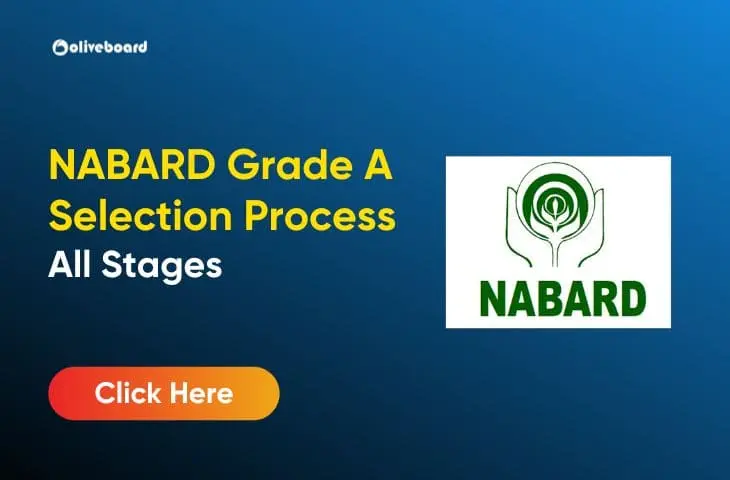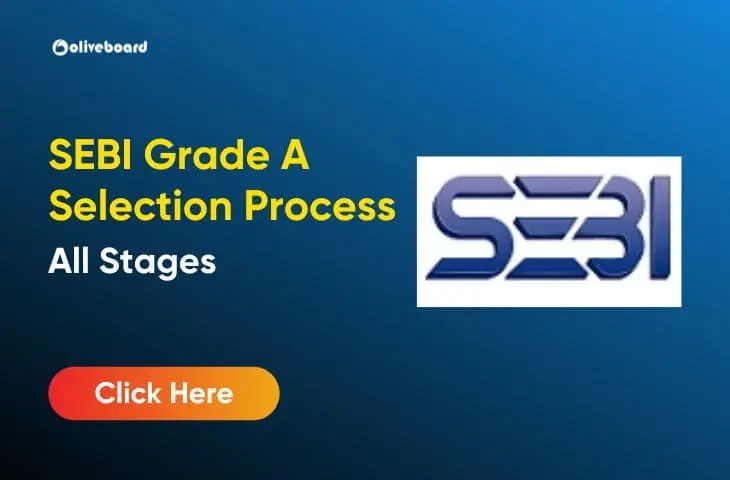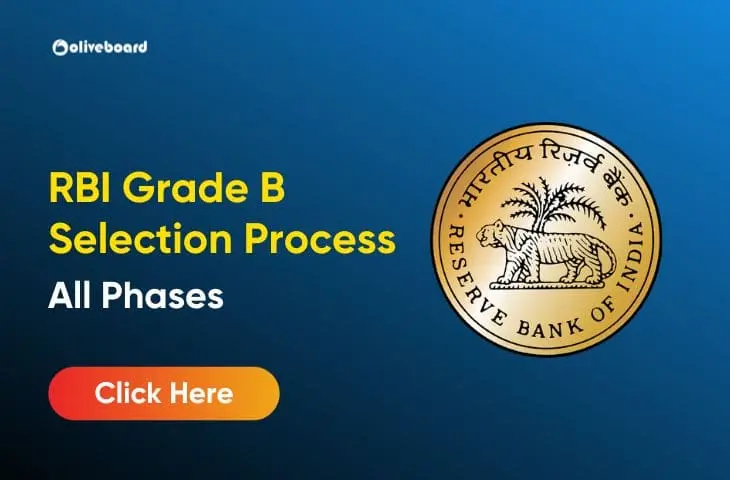Clearing the SEBI Grade A exam is a dream come true for many aspirants. But have you ever wondered what happens next? Once you qualify, you step into the world of SEBI Grade A officer training, a detailed program that prepares you for your role as a regulatory officer in India’s financial market. This phase is as important as the exam itself because it shapes you into a professional ready to handle real-world responsibilities.
In this blog, we’ll take you inside the SEBI Grade A training process and explain what to expect after clearing the exam.
What is SEBI Grade A Training?
The SEBI Grade A training program is designed to equip newly recruited officers with the knowledge, skills, and confidence required to carry out regulatory, supervisory, and developmental functions. It bridges the gap between theory (what you studied for the exam) and practice (what you will do in your job).
Duration of SEBI Grade A Training
The SEBI Grade A training duration is generally around 2–3 months. During this time, candidates undergo classroom sessions, workshops, and on-the-job exposure. The focus is on making officers familiar with SEBI’s structure, functions, policies, and real-time case handling.
Key Components of SEBI Grade A Training
1. Induction Program
The training begins with an induction program where you are introduced to SEBI’s history, role in financial markets, and organizational structure. This helps you understand how SEBI operates as India’s capital market regulator.
2. Classroom Sessions
Officers attend classroom training on subjects like securities laws, financial markets, compliance, corporate governance, and regulatory frameworks. Experts from SEBI and industry professionals guide officers during these sessions.
3. Practical Market Training
This is one of the most exciting parts of the program. Officers get hands-on exposure to stock exchanges, depositories, and financial institutions. They observe how real-time trading, surveillance, and compliance take place.
4. On-the-Job Training
After classroom and market sessions, officers move to on-the-job training (OJT). They work with different departments such as corporate finance, investigation, legal affairs, or IT. This real-world exposure is where they apply their knowledge to actual cases and tasks.
5. Soft Skills & Leadership Development
Apart from technical knowledge, officers also undergo communication, decision-making, and leadership training. These skills are crucial since SEBI Grade A officers often interact with industry stakeholders and handle sensitive cases.
Life After SEBI Grade A Training
Once the training is completed, officers receive their posting in SEBI’s regional or head offices. Their responsibilities may vary based on the department but usually involve regulatory oversight, policy-making, investigation of financial irregularities, and investor protection.
Why SEBI Grade A Training is Important?
SEBI Grade A training is not just a formality after clearing the exam; it plays a crucial role in shaping officers into capable regulators. The job of a SEBI Grade A Officer is highly specialized and involves responsibilities such as monitoring securities markets, drafting policies, ensuring compliance, and safeguarding investor interests. To handle such tasks effectively, new recruits must go through structured training. The training ensures that officers:
- Understand the Regulatory Framework: SEBI operates under complex laws like the SEBI Act, Companies Act, and Securities Contracts Regulation Act. Training helps officers build a strong foundation in these laws and their real-world applications.
- Gain Practical Exposure: Classroom knowledge is complemented with on-the-job training where officers get hands-on experience in departments like Market Regulation, Corporate Finance, and Enforcement. This exposure bridges the gap between theory and practice.
- Develop Decision-Making Skills: Officers often face challenging situations such as detecting frauds, handling compliance issues, or framing new rules. Training equips them with the right analytical and decision-making skills to act with confidence.
- Learn Technology-Driven Market Operations: Since Indian financial markets are now highly tech-driven, training sessions also focus on digital trading platforms, surveillance tools, and data analytics. This prepares officers to deal with cyber risks and ensure smooth market functioning.
- Build Professionalism and Work Culture: Training is also about molding officers into professionals who can work in a high-pressure environment while maintaining integrity, discipline, and fairness. It builds leadership skills and strengthens teamwork.
FAQs
SEBI Grade A training is a structured program that equips newly selected officers with the legal, technical, and practical knowledge required to regulate India’s securities market effectively.
The training usually lasts for 2–3 months, covering induction, classroom sessions, market exposure, and on-the-job training in different departments.
Most of the initial training is conducted at SEBI’s training centers and the National Institute of Securities Markets (NISM) in Mumbai, with practical exposure visits to stock exchanges, depositories, and SEBI offices.
Yes, SEBI Grade A officers receive their full salary and allowances from the date of joining, even during the training period.
After training, officers receive postings in SEBI’s regional or head offices. Their work may include regulation, investigation, compliance, policy-making, or investor protection.
- NABARD Grade A Selection Process 2025, Check Phase 1,2 & Interview

- SEBI Grade A Selection Process 2025, Exam Structure for Phase 1 & 2

- PFRDA Grade A Eligibility 2026, Age Limit, Educational Qualification

- PFRDA Grade A Exam Date 2026, Prelims and Mains Exam Schedule

- PFRDA Grade A Recruitment Notice 2026, Download Notification PDF

- RBI Grade B Selection Process 2025, Know About Phase 1, 2 & Interview


Priti Palit, is an accomplished edtech writer with 4+ years of experience in Regulatory Exams and other multiple government exams. With a passion for education and a keen eye for detail, she has contributed significantly to the field of online learning. Priti’s expertise and dedication continue to empower aspiring individuals in their pursuit of success in government examinations.
